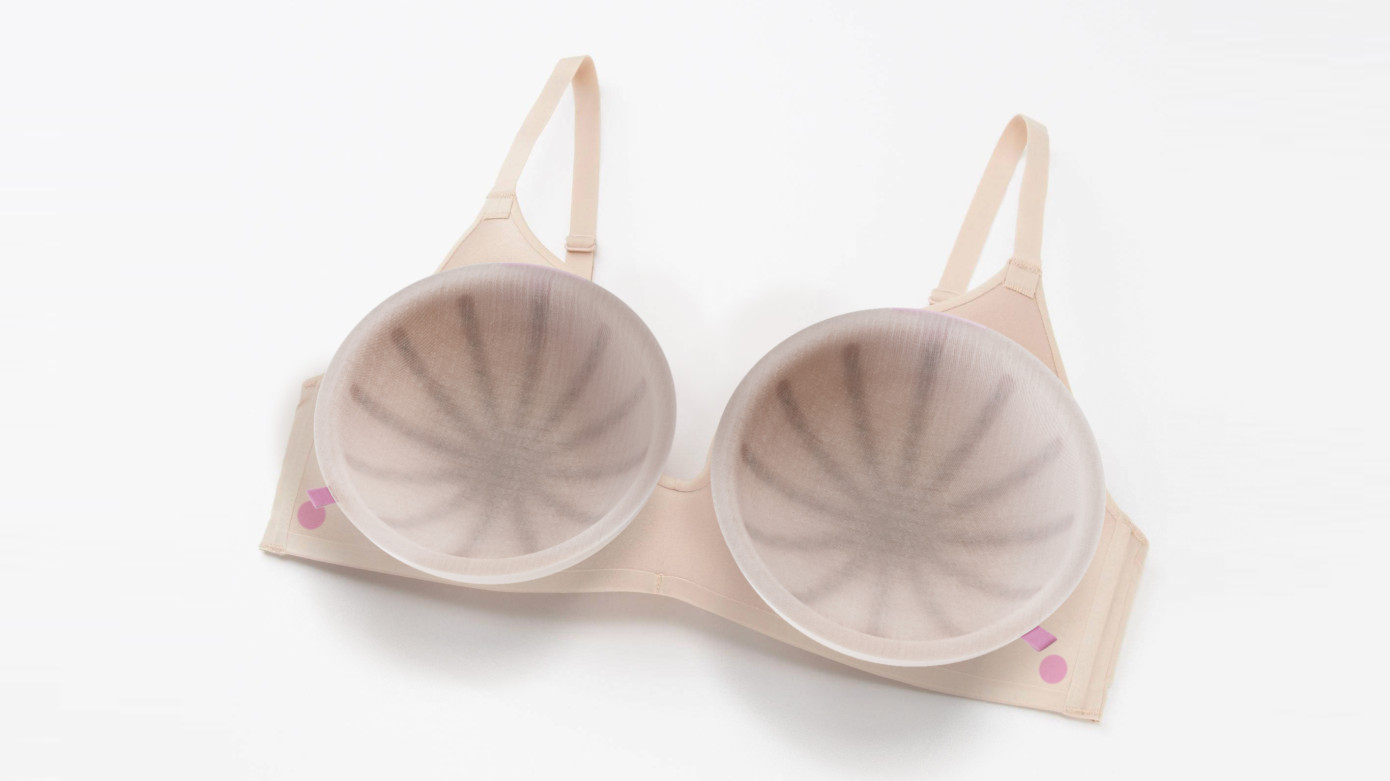According to a report from the American Cancer Society, an estimated 266,120 women in the United States have newly diagnosed breast cancer this year, and (according to 2016 estimates) can pay an average of $60,000 to $134,000 for treatment and care. However, after bringing hundreds of thousands of dollars and unquantifiable emotional stress to them and their families, the American Cancer Society still estimates that 40,920 women will lose their fight against the disease this year.
According to an estimate by the World Cancer Research Fund in 2012, approximately 1.7 million women worldwide are diagnosed with the disease each year.
Although these numbers are very obvious, they are almost impossible to fully capture how serious the diagnosis of breast cancer is for women and their loved ones. Unfortunately, Julián Ríos Cantú, co-founder and CEO of Higia Technologies, is very familiar with this feeling.
“My mother is two breast cancer survivors,” Cantu told TechCrunch. “The first time she was diagnosed, I was only eight years old.”

Cantu said that his mother’s second diagnosis was initially missed by standard screening because her high breast density blurred the tumor in X-rays. As a result, she lost two breasts, but then recovered completely.
“At that moment, I realized that if this is the case for a woman with private insurance and preventive mentality, then for most women in developing countries, like Mexico, we may not be mastectomy, but It’s death,” Kantu said.
Based on the mother’s experience, Cantu decided to develop a method to improve women’s life value and support their early identification of breast abnormalities and cancer to ensure maximum survival.
To this end, at the age of 18, Cantú designed EVA, a biosensing bra insert that uses thermal sensing and artificial intelligence to identify abnormal temperatures in the breast that may be associated with tumor growth. Cantú said that EVA is not only a simple self-screening tool, but also fills the gap in current screening technology.
Today, women have limited choices in breast cancer screening. They can choose breast ultrasound (its specificity is lower than other options), or breast MRI (higher cost associated), but the standard option is annual or biennial mammography for women 45 years of age and older. The method requires visiting a doctor who manually manipulates the breast and exposes to low levels of radiation for X-ray scanning of the breast tissue.
Although this method is relatively reliable, there are still some important shortcomings, Dr. Richard Kaszynski, medical consultant of Higia Technologies, told TechCrunch.
“We need to identify a real-world solution to diagnose breast cancer earlier,” Dr. Kaszynski said. “When we talk about mammograms, this is always a trade-off because you have exposure, discomfort and anxiety and expose yourself to third parties.”
Dr. Kaszynski goes on to say that these annual or biennial mammograms also leave a gap in care, the interval between cancer – the cancer that begins to occupy between screenings – and the untimely growth of time.
In addition, Dr. Kaszynski said mammograms are not highly sensitive in detecting tumors in dense breast tissue, just like Kantu’s mother. Intensive breast tissue is more common among young women, and 40% of women worldwide and 80% of Asian women can mask the presence of tumors in the breast through mammograms.
